Ah, the fire pit. Crackling flames, dancing light, and the promise of delicious, smoky barbecue. But let's be honest, that promise can quickly turn into a charcoal nightmare of singed burgers and blackened asparagus if you're not careful. The culprit? Those pesky flare-ups!
Fear not, fire pit chef! Mastering the dance between direct and indirect heat is the key to keeping your food perfectly kissed by flame, not incinerated on the altar of barbecue. So, grab your tongs, crank up the tunes, and let's explore the taming of the flare-ups.
Mastering the Heat Zones:
Once the fire is going, build an ember base on one side to divide your fire pit cooking grate into two separate cooking zones. On one side, the fiery inferno reigns supreme - direct heat. This zone is for searing steaks, crisping vegetables, and achieving those beautiful grill marks. But venture too close, and your food will surrender to the flames, turning from juicy to jerky in a heartbeat.
Across the grate lies the calmer realm of indirect heat. Here, embers glow gently, radiating heat like a benevolent sun. This is where you'll find slow-roasted chickens, smoky pulled pork, and delicate salmon fillets basking in the warmth, cooked through without the wrath of the flames.
[product=stainless-steel-bbq-grate]
For cooking excellence and ease, the Stainless Steel BBQ Grilling Grate will be your ultimate go-to grate for the fire pit.
[/product]
Matching Food to the Flames:
As diverse as your taste are the needs of each food to be cooked to perfection over the grilling grate. Tender cuts of meat, like fish and scallops, are delicate, best suited for the gentle embrace of indirect heat. Thicker meats, like steaks and chicken thighs, can handle a brief skirmish in the direct heat zone for searing, before retreating to the calm warmth of indirect heat to finish cooking. Vegetables, hardy and varied, can maneuver through both zones, quickly charring peppers over the flames or slowly caramelizing onions in the embers.
Seasoning: Your Secret Weapon:
A well-seasoned fire pit grate is your most important asset, allowing you to be prepared for anything. Before the cooking commences, liberally coat your grate with vegetable oil or high-smoke-point fat. This creates a barrier, preventing food from sticking and sacrificing itself to the grate. As you cook, keep the seasoning coming, especially between uses, to maintain that slick surface. Note that stainless-steel BBQ Grates do not require regular seasoning, but you should clean residue from the grate after each use for optimal use.
Beyond the Basics:
Now, seasoned veterans, let's explore some advanced tactics:
- Fire Control: Use a handy poker to arrange your coals strategically. Pile them for intense heat in the direct zone, keep them spread out for gentler temperatures, and bank them to the side over an ember catcher for indirect heat.
- Liquid Defense: Keep a spray bottle of water handy to tame sudden flare-ups without dousing the flames.
- Tools of the Trade: Invest in a sturdy spatula and long tongs for maneuvering food without getting singed. Have a pair of fire gloves nearby if you need to move the fire pit cooking grate or tend the fire.
- Lid Power: If your fire pit has a lid, use it wisely! Trap the heat for indirect cooking or create a smoky environment for pulled pork or ribs. If you have a snuffer lid, be sure not to snuff out the fire entirely; leave room for the flow of oxygen to the flames.
Remember: Embrace the fire, respect its power, and wield your tools with confidence. With these tactics in your arsenal, you'll conquer the flare-ups and emerge victorious, your fire pit cooking grate a haven for perfectly cooked, flame-kissed food. So go forth, grill masters, and tame the flames!
Luxury Firepits - Backyard Accessories - Firepit Grates
Walden Backyards Makes Top Rated Outdoor Fire Pits and Backyard Accessories
Legacy Firepit - Blow Through Stoker Poker - Fire Pit Grates - Accessories


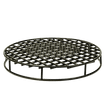
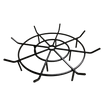
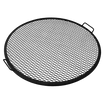

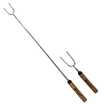
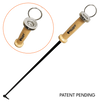


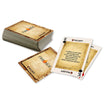

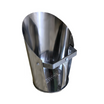

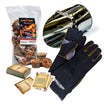

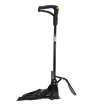



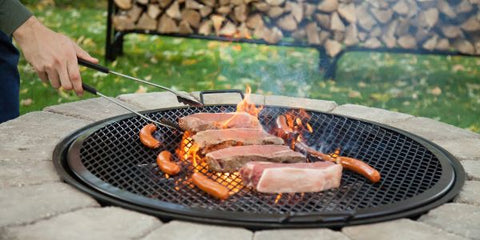
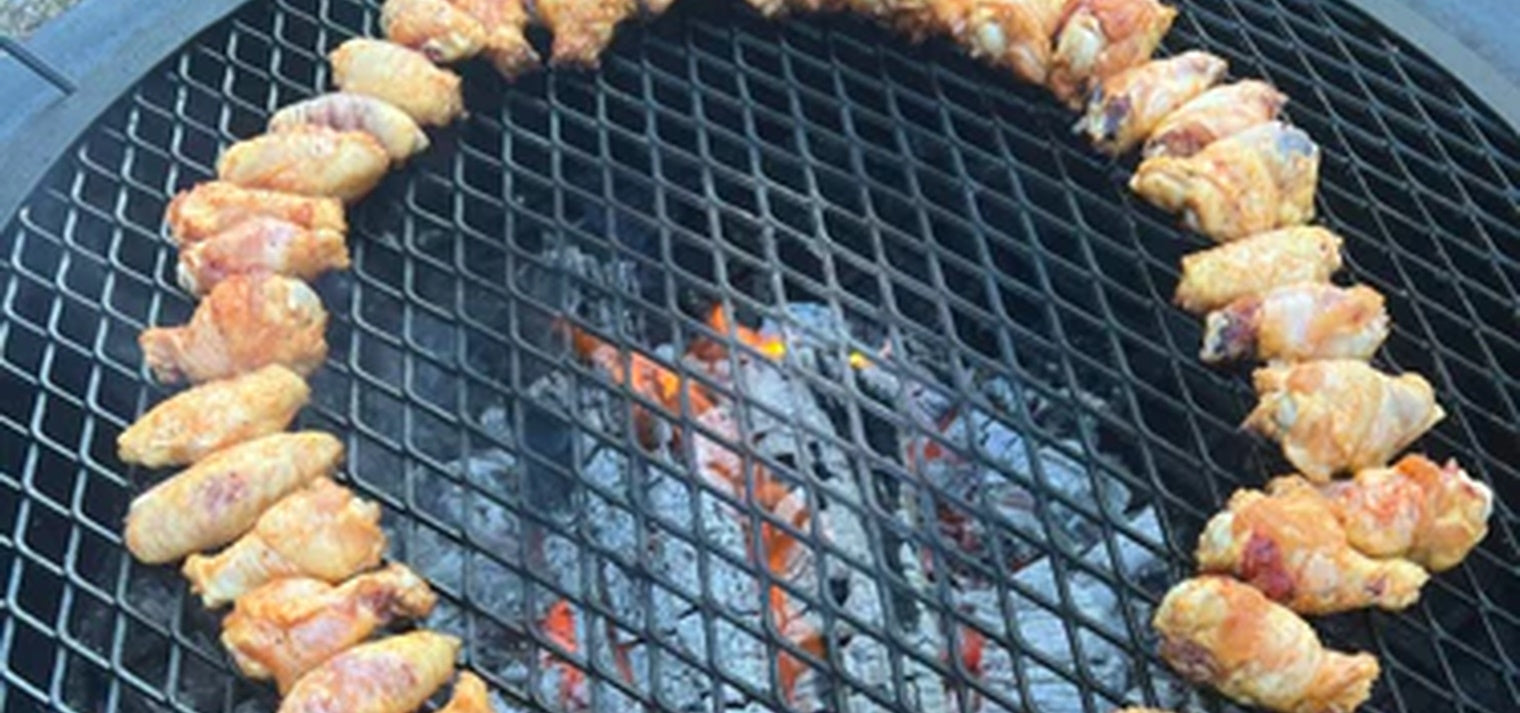

Leave a comment
This site is protected by hCaptcha and the hCaptcha Privacy Policy and Terms of Service apply.